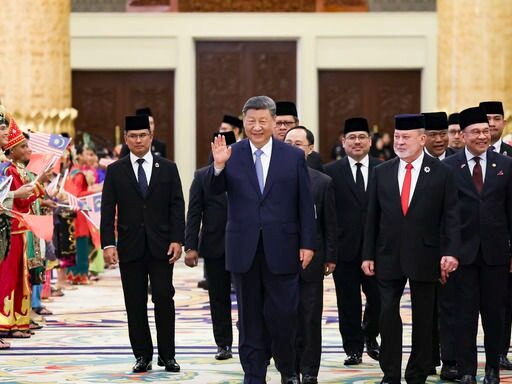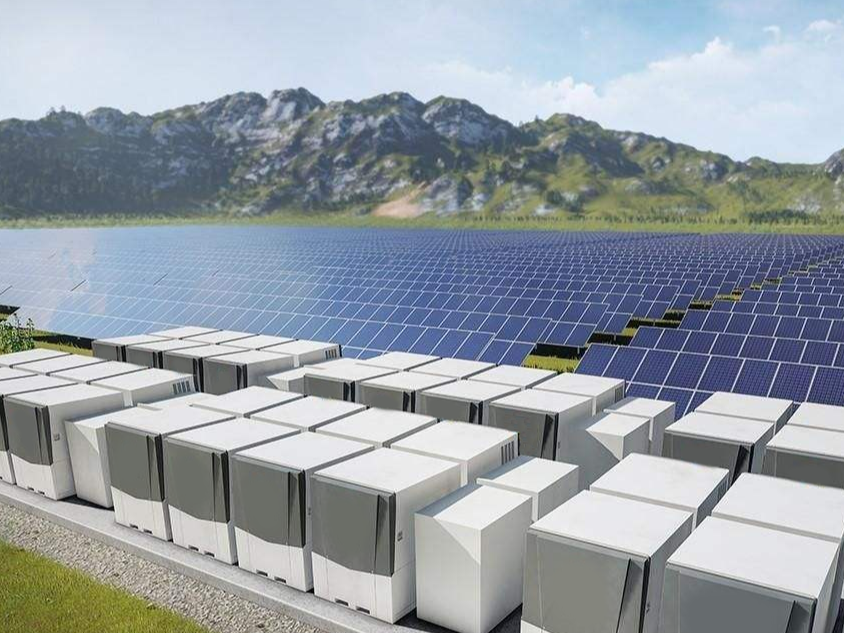- The daily water demand of Karachi is approximately 1.2 billion gallons, but the actual water supply is only 650 million gallons
- 86% of the respondents said that they hadn't received municipal water supply for a long time

According to the report of the Pakistan Council of Research in Water Resources (PCRWR), in Karachi, a city with a population of over 20 million, nearly half of the residents are facing the severe dilemma of a shortage of safe drinking water. The report reveals that more than 81% of the residents in Karachi have to buy water to maintain their daily lives, and more than 90% of the water sources in the city have been eroded by harmful pollutants, with extremely prominent problems of biological and chemical pollution. The deterioration of water quality, the aging of infrastructure, and the absence of supervision have made clean drinking water an unattainable "luxury" for the ordinary people in this city.
Currently, Pakistan has been listed as the third most water-stressed country in the world. Multiple factors, such as climate change, rapid population growth, poor management, and the continuous reduction of freshwater resources, have been stacked up, leading to the continuous intensification of the country's water resources crisis. In urban central areas like Karachi, the problem of water shortage is particularly acute. Relevant predictions indicate that there is a high probability that the city will fall into an absolute water shortage situation within the next 15 years.

Data shows that the daily water demand of Karachi is approximately 1.2 billion gallons, but the actual water supply is only 650 million gallons, with a huge gap of 550 million gallons between supply and demand. In order to meet their daily water needs, a large number of low-income residents have to choose illegal and unregulated water sources, such as water supplied by private tank trucks, wastewater from refineries, and water drawn from groundwater wells. However, the use of these alternative water sources is not only costly but also poses a serious threat to health. The salt content of the groundwater in Karachi is as high as 4,000 to 12,000 PPM, far exceeding the safe upper limit of 1,000 PPM specified by the World Health Organization. Currently, 41% of the residents in Karachi cannot access safe drinking water, and more than 90% of the water sources have biological pollution, directly leading to the frequent outbreak of water-borne diseases such as diarrhea, typhoid fever, and hepatitis. Among them, vulnerable groups such as women, children, and the elderly are the most severely affected.
The "Sindh Multiple Indicator Cluster Survey (MICS 2017–2018)" report released in 2021 points out that 79.1% of the water sources in Karachi have been detected with E. coli contamination, and the contamination rate of water samples from households is as high as 85.5%. This fully exposes the hygiene and safety hazards in the entire chain of the urban water supply system, from the source to the end.

At the same time, the municipal water supply infrastructure in Karachi has been in disrepair for a long time, and problems such as pipeline leakage, illegal connections, and the aging of the water network are widespread, further exacerbating water source pollution and water resource waste. A survey shows that 86% of the respondents said that they hadn't received municipal water supply for a long time and mostly relied on private water supply, groundwater wells, or manual water pumps to obtain water. 42% of the residents said that they had never seen the government carry out water quality testing work, and 58% of them didn't even know whether their communities had received water quality monitoring, highlighting the serious absence of the local water supply management system. (This article is from the official website of Seetao.com, www.seetao.com. No reprinting is allowed without permission. Otherwise, legal liability will be pursued. If reprinting, please indicate Seetao.com + the original text link.) Editor of the Strategic Column of Seetao.com / Yin Shiqian
Comment
 Praise
Praise
 Collect
Collect
 Comment
Comment
 Search
Search














Write something~